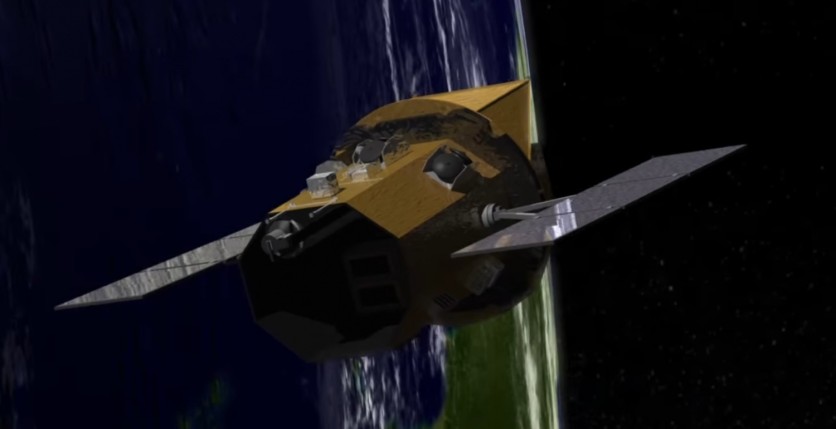The NASA Swift Observatory, which is designed to hunt for gamma-ray radiation bursts and study their link to black holes, has suffered from multiple glitches and is now in safe mode.

Engadget reports that the spacecraft possibly suffered a so-called "reaction wheel failure," which caused its scientific instruments to go into safe mode. As a result, the observatory remains inactive with all science observations suspended, as confirmed by the NASA Universe Twitter account:
The Swift Observatory’s science instruments went into safe mode after a possible reaction wheel failure. Pointed science observations are temporarily suspended while the team investigates the issue. The instruments and other 5 wheels remain in good health. https://t.co/6rYTyu6yTg pic.twitter.com/tCkLU7jdSA
— NASA Universe (@NASAUniverse) January 20, 2022
This is also likely the first-ever time that the Neil Gehrels Swift Observatory has experienced a technical failure in its history. It first began operations back in 2005. But while its scientific instruments are out of commission for the moment, the rest of the spacecraft reportedly remains in working order.
Space.com details the reaction wheel failure, and how it has affected the observatory as a whole. Apparently, these reaction wheels (six of them on the spacecraft) allow the observatory to point itself in the direction of gamma-ray bursts, so it can observe them.
One of the six reaction wheels had a problem and caused the scientific instruments to go into safe mode. As of this moment, the mission team is working on determining what caused the reaction wheel to fail.
They're also looking to bring the science instruments back online, even if there are only five wheels operational, as per the original Space.com report.
This news comes after another NASA space exploration mission, the launch of the James Webb Space Telescope, has completed its initial phase. For now, the Swift observatory remains offline until progress can be made in terms of bringing it back in full working order.
What Is The NASA Swift Observatory?
Swift might not be as well-known as Webb these days, but it was actually instrumental in bringing forth the first-ever direct image of a black hole, which made headlines back in 2019.
Its contribution was critical to the feat, because of its ability to detect gamma-ray bursts. These bursts, also called GRBs, mostly come from beams of intense radiation produced by a star with high levels of mass turning into a black hole, neutron star, or quark star.
The Swift Observatory was specifically designed to study the connection between GRBs and black holes, as per NASA. Understanding the link is critical to planning space exploration missions, as well as knowing how these events literally shape the entire universe.
To detect these GRBs, Swift uses an array of three telescopes. These instruments work in tandem to allow for quick identification of a GRB. By quick, we mean it only takes 20 to 75 seconds for the spacecraft to turn itself and face the direction of the burst, so it can observe it.
But while it is initially intended to only observe GRBs, Swift is now being used to detect other things like solar flares and even hard-to-find stars. Losing the spacecraft will not exactly be a huge blow to humanity's space exploration efforts, but keeping it running will be of massive help to Earth's astronomers.
This article is owned by Tech Times
Written by RJ Pierce





